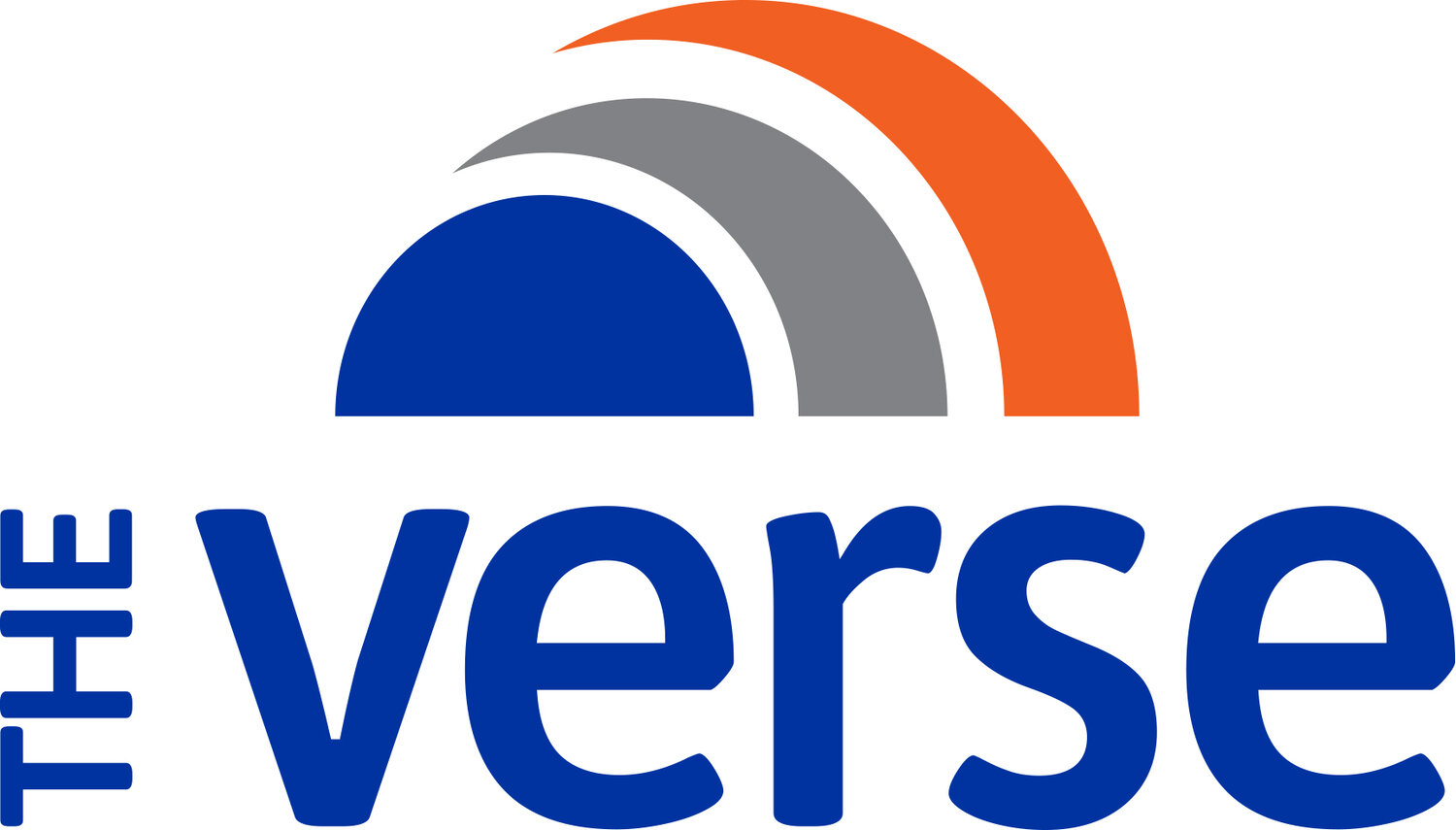Philanthropy 101: Finding a Cause to Support
Choose your cause carefully
The Boss tells us you can’t start a fire without a spark, and that holds especially true when you choose to align yourself with a cause. After all, you can’t participate with heart if your heart just ain’t in it. Sometimes it’s up to you to find a need that awakens your idealism; sometimes a movement, like Black Lives Matter and the urgent pursuit of social justice, finds you. Recently, one of us had a cause choose her, with a family diagnosis that demanded a rapid school-up on a complex condition and the future of medicine itself—leading to some record-time lessons-learned.\
Survey the scene.
Whether you feel called to show the love with a cause, or moved by necessity, action should begin with strategy, driven by a learning mindset. When Verser Jennifer learned her son has Duchenne muscular dystrophy, it meant getting the lay of a complex land full of landmines and Byzantine roadsigns. As the path forward became clearer, so did a singular focus on cutting-edge research and a cure that felt on-brand for Jennifer’s personal motivation and background in medicine/health care. There’s no right-or-wrong strategy, but narrowing down your involvement—based on strengths and interests—will do wonders to help you target your efforts. Identifying gaps you can fill in the cause’s landscape is an equally valid approach if no burning desires emerge on your part.
Network like a boss.
It certainly seems lopsided, but who you know can matter just as much when it comes to altruism as in corporate dealmaking. So as you dip your toe into a cause’s waters, think about your network and hit up your LinkedIn rolodex like you would for any workaday endeavor. Jennifer quickly found the rare disease community to be a small but well-connected world, and friends-of-friends and former colleagues proved invaluable in pointing her in the right direction. With a series of Zoom calls, you can download wisdom that would take months to accrue—and your sage sources will likely offer it selflessly, since it’s all for your shared cause.
Align well.
With all of your sleuthing, you may unearth one or more organizations you want to support. If that support is financial in nature, donor-advised funds managed by some community foundations offer tax-friendly fundraising vehicles sans the burden of your own 501(c)(3)—allowing you to target your funds strategically through grants (a nugget Jennifer uncovered via networking). Whether your aim is financial support, advocacy or volunteering, if networking fails to uncover a clear winner in your cause’s category, Charity Navigator is a solid source for evidence-based guidance and a S&P-style rating system that vouches for a nonprofit’s management and effectiveness. Simply search by keywords and categories—or choose a four-star charity out of the gate if your mission is more broad.
Pick a hat.
Once your philanthropic “brand” and chosen org(s) are defined, you’re ready to make it official. Carving out a role starts, again, with making connections. Reach out to leaders within the org at the highest levels that correspond with the involvement you envision—the cause’s community can be helpful here as well in making an intro. Whether you want to start a local food bank branch, advocate for social justice or climate change, or join a patient advisory group, your enthusiasm and thoughtfulness will likely get noticed—and embraced—faster when it feels personal.
